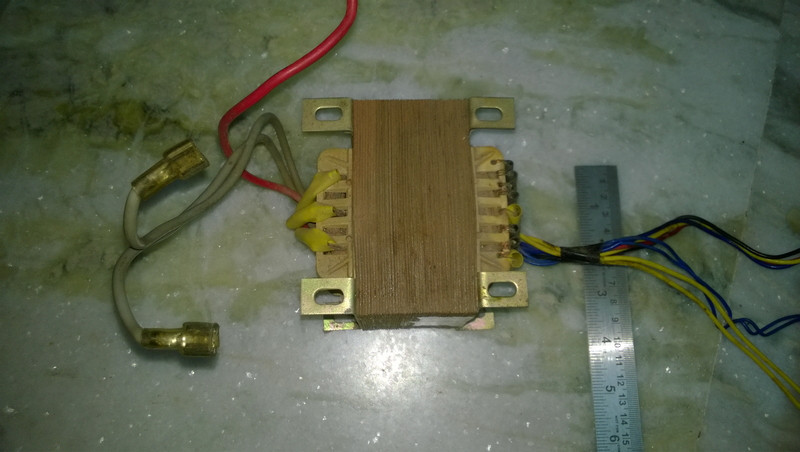I have collected a big transformer from old UPS. I don't know this is step up or step down. I want to use it as step down transformer. One side has many 5 pairs of cable and another side has 3 cables. I want to convert 220V AC to 3-12V DC.
Edit (added photo)


